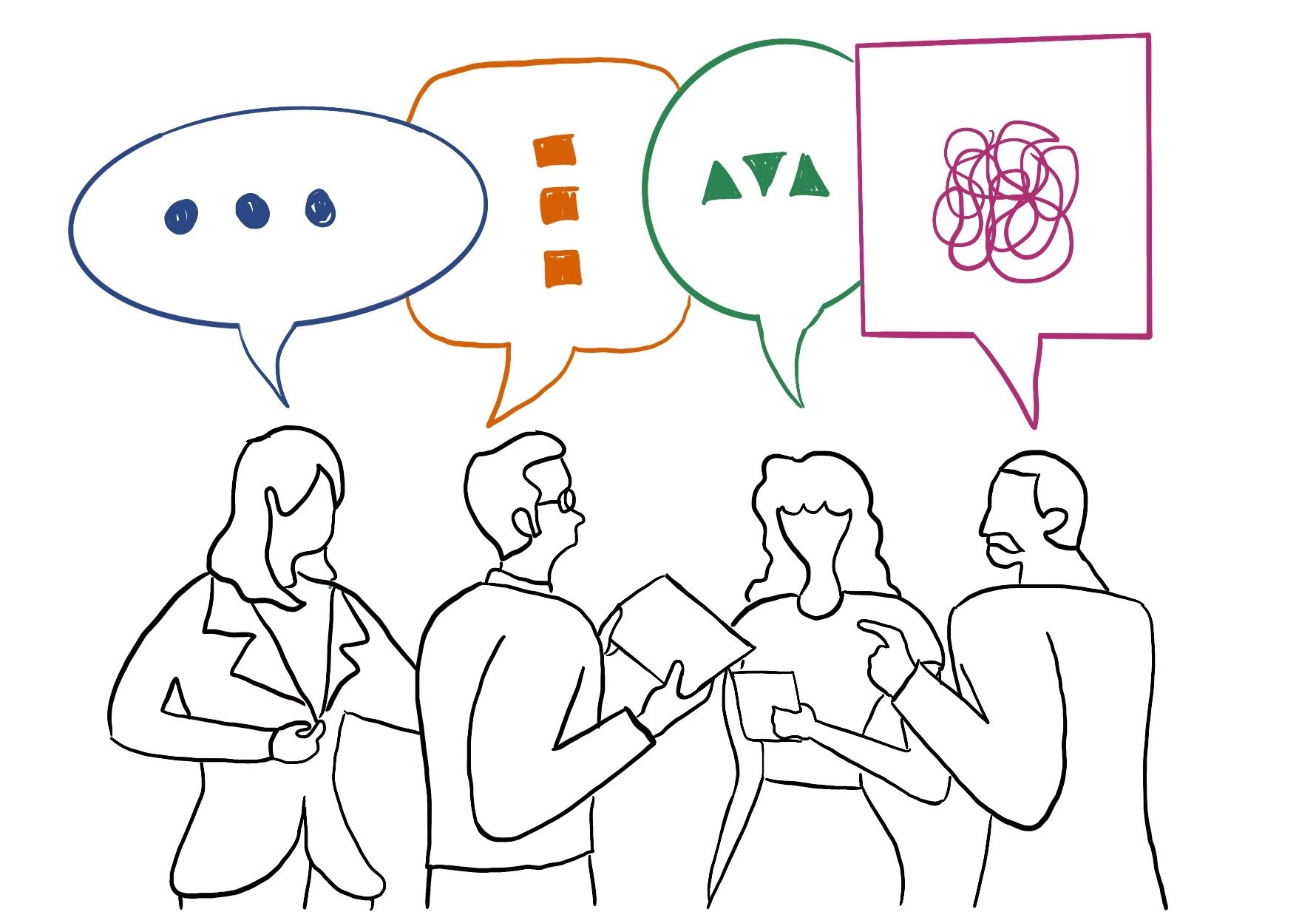Medical Compensation Playbook
Centering diversity in clinical service delivery
Organization: Institute of Healthcare Delivery Design
Role: Co-designer
Focus: Experience design, service design, communication design
Time: Jun - Aug ‘22 (10 weeks)
Final presentations: presenting the playbook
Many clinical study participants were having issues receiving their compensation and were not feeling valued for their participation. While this was a well known issue, clinical researchers didn’t have enough time outside of their core responsibilities to find better options. By looking at the compensation experience and the study process as a service, I co-designed and implemented a strategy playbook to recommend better practices.
Context
Finding new medical solutions requires long-term participation.
To ensure new medical solutions are safe and effective, clinical research studies need to rely on volunteer participants. However, without incentives, participants can drop out of a study without any prior notice, leading not only to failed studies, but also to huge financial costs and delays in releasing new medicines. But too much of an incentive can then result in coercion, leading to participants misrepresenting themselves and inaccurate results.
The key to participation commitment is in the appreciation for participant time and in the design of their compensation experience.
The challenge
Participants were facing too many challenges receiving their compensation.
Compensating participants is still not a common practice in the medical field. Because of this, there’s still a lack of standardization or best practices on how clinics can improve their compensation experience. Participants were facing days, weeks, and even months of delays. Many even failed to receive their compensation. The clinic’s compensation methods were unreliable and were not working well.
Not only is this frustrating for participants, but it is also inefficient, costly and time-consuming for the research team.
The approach
Literature review & synthesis
Identifying unmet needs in current compensation practice
Creating design principles
Redesign of compensation experience
Two rounds of feedback sessions and iteration
Creating strategic playbook (including the creation of 15 visual tools and guides on experience execution)
How can we redesign the compensation experience to be more human-centered for both study participants and clinical research teams?
Troubleshooting occurs on a case-by-case basis causing inefficiencies and backlogs of issues. While researchers recognize this as a problem, they are already juggling multiple tasks and responsibilities outside of compensation. Their time is better used dedicated to other work.
Driving insights
Clinical studies see a wide range of diverse participants (e.g: age range, tech-saviness, housing stability, commuting distances, spoken language can all differ).
The compensation experience can’t be a one-size fits all.
Clinical research is done as a team, from those planning the research, to the actual medical researchers, to even the call center agents for troubleshooting.
The newly designed experience needs to account for multiple types of stakeholders with different roles.
Different clinical studies may have different impacts on the compensation experience (e.g: online vs in-person study, frequency and duration of study).
The new compensation experience needs to be adaptable for any type of study.
There are many regulatory and bureaucratic rules that a study needs to follow. When working with all these systems, it can be easy to have an experience feel transactional.
For participants to feel valued for their time, making the experience feel personal and trustworthy will be essential.

The outcome
North star guides is a playbook of visual guides that makes it easy to create and execute on tailored and personal compensation experiences.
This playbook has four key attributes:
It’s informed by today’s most up to date research in compensation practice.
Medical literature review that built North Star’s foundation
All of the tools are built on up-to-date research on clinical compensation (as of June 2022). While recognizing that these practices are constantly evolving, the guide is also made to be adapted as new research comes to light.
It prioritizes flexibility, recognizing there’s no one-size fits all.
Recommendations for a WFH parent participant with all the options still present
North Star frameworks provide clear recommendations while still offering all available options, instructions and research summaries in case a pivot is needed. Empty templates are also provided for researchers to add their own study cases that are yet to be covered.
It puts participant diversity first, providing everything you need for every study.
North Star’s guiding tool: comprehensive analysis of different types of participants
To recognize the value participants bring, researchers need to put them at the center of each compensation experience. North Star’s guiding tool highlights the diversity of potential participants a study could see and identifies a range of compensation methods that would work for all of them. It then helps researchers choose, plan and execute each method by following the typical planning process of a research team.
It’s immersive and hands on, so the whole research team can follow along and execute.
North Star Tools: flowcharts to execute on different compensation methods
Most of the tools are made in worksheets so that researchers learn by doing and all tools are limited to 2 pages each. This aims to allows researchers to immerse themselves and absorb information quickly. By following the typical study process, researchers can also jump in and out of the stages relevant to them.
Check out some sample tools from the compensation playbook below.
The full playbook has around 15 guides across 100 pages. Below are some excerpts from the playbook to give you an idea of the types of tools we created.












































